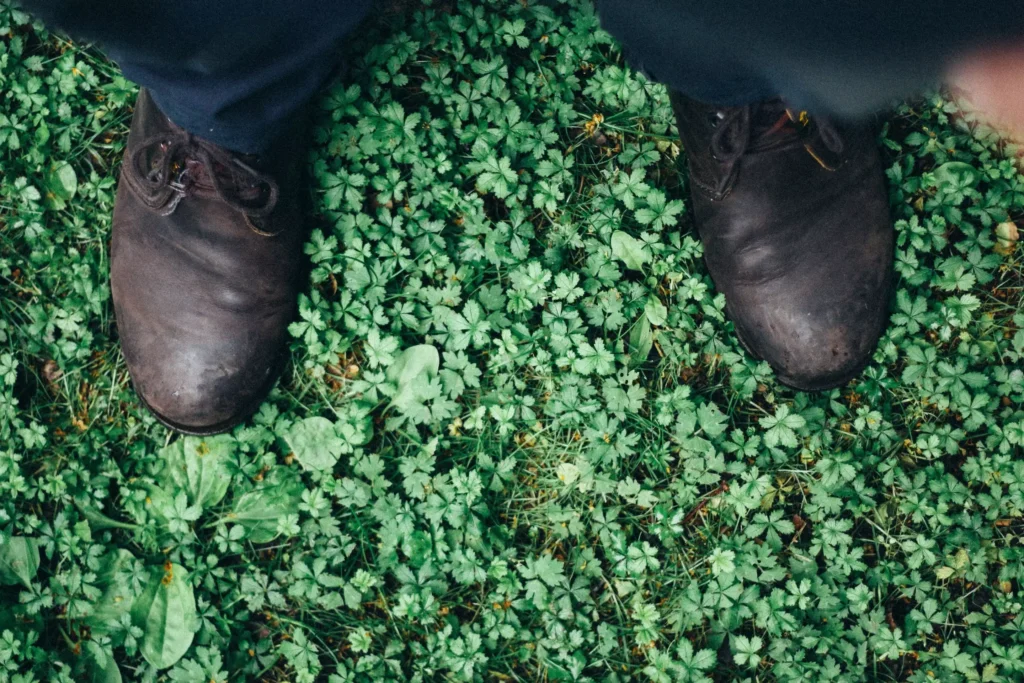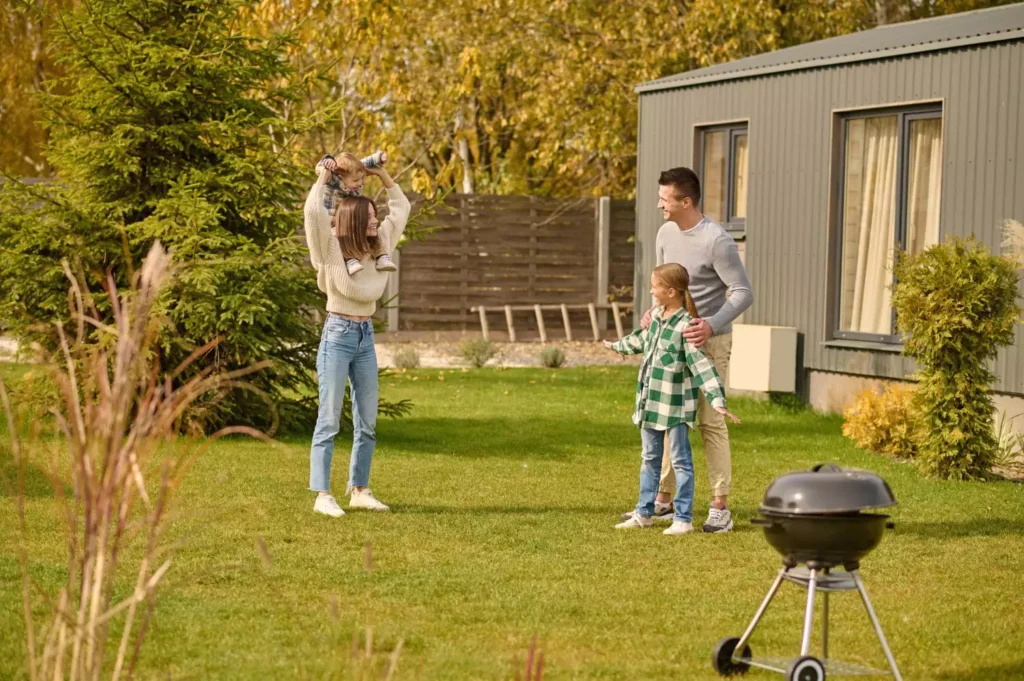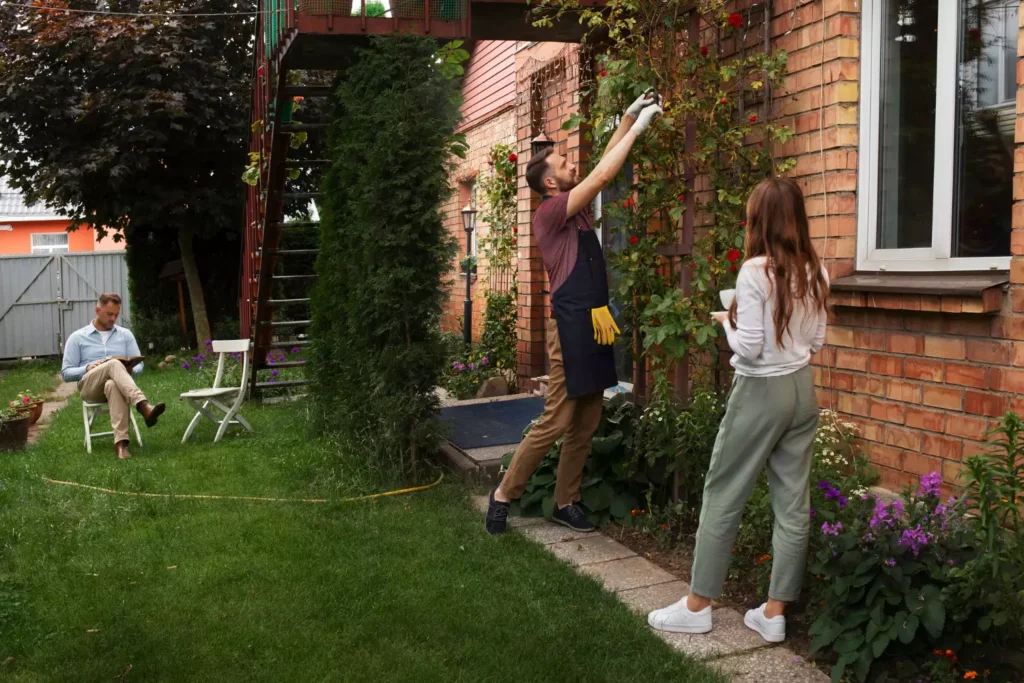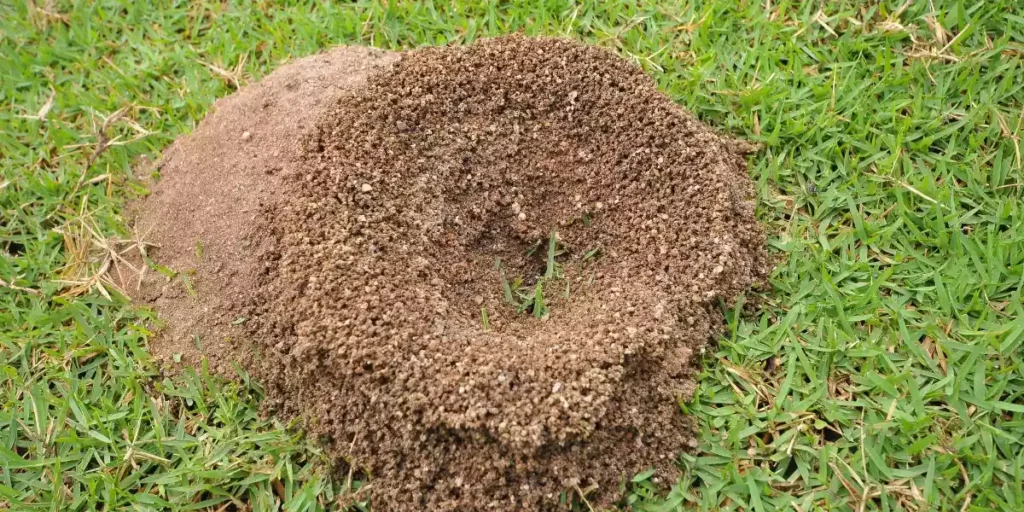Have you ever wondered how long red wigglers, also known as Eisenia Foetida, live? Red wigglers are an incredibly useful creature when it comes to composting and organic gardening, so it’s important to understand their life cycle if you want to get the most out of them.
Coincidentally, I’ve spent some time researching the lifespan and life cycle of red wigglers, and I’m here to share my findings with you! In this article, we’ll explore the stages of the red wiggler life cycle, environmental factors that influence their lifespan, and how to provide a safe and healthy environment for them.
So if you’re interested in learning more about red wigglers, then keep reading!
What is the life cycle of a Red Wiggler?
Red wiggler worms begin their life cycle in the cocoon stage, hatching from eggs inside cocoons after about 23 days. After hatching, the worms go through a growing stage, reaching sexual maturity within 60 days. The final stage of the life cycle is the breeding stage, when they become hermaphrodites and begin producing 2 to 4 cocoons weekly.
#1: Cocoon Stage
You’ll find their eggs inside cocoons, hatching in just 60 days and reaching maturity shortly after. Red wiggler worms have a three-stage life cycle: cocooning, growing, and breeding.
Cocooning is the first stage and is where the eggs are incubated in a protective casing. Here are some fast facts about their cocooning stage:
- The eggs hatch in just 60 days
- They become sexually mature within 3 months of hatching
- The protective casing helps them survive unfavorable environmental conditions
This is an important stage for these worms as it allows them to survive and reproduce. It’s also the first step to creating a healthy worm compost and making your garden thrive!
#2: Growing Stage
After hatching, red wigglers quickly reach sexual maturity and can double their population in just 3 to 6 months! However, despite their fast growth, they won’t get any bigger after maturity, so don’t expect them to reach huge sizes.
They will stay the same size and instead just focus on breeding and making more of their own kind. It’s amazing to witness their growth over a short period of time.
As they mature, they become more active and can even be seen wriggling around the bin. Red wigglers are incredibly beneficial for composting and gardening, so it’s important to keep an eye on their population and make sure they have the right environment to thrive in.
#3: Breeding Stage
Red wigglers’ reproductive cycle is fascinating – they’re hermaphrodites, able to mate with each other and make 2-4 cocoons every week! When red wigglers reach sexual maturity, they can start breeding and double their population in only 3 to 6 months.
In order to mate, they need to find another worm of the same type and join their clitellums together. Once they mate, the female worm can produce up to 4 cocoons in a week, but she will only lay one at a time. The cocoons will hatch in about 23 days and the cycle will start all over again.
The lifespan of red wigglers can range anywhere from 1 to 5 years, depending on the conditions they are kept in. They can live longer in good conditions, but can die from unfavorable environments. It’s important to keep their environment optimal to ensure they can live a full and healthy life.
Red wigglers are beneficial to composting and gardening, making them an ideal choice for those wanting to start an organic garden.
How Long Do Red Wigglers Live?
I’m often asked how long red wigglers live. Generally, they reach sexual maturity within two months and can stay alive up to five years. If they’re provided with the right conditions, they can do well in a compost bin and even become pets.
Here is a brief summary of what you should know about red wigglers:
- They’re born in eggs inside cocoons and take about three months to go from cocoon to mature worms.
- Red wigglers are 75 to 90% water, making them decompose quickly.
- Beginner mistakes that can kill worms include letting the bin get too hot, not topping up bedding, not feeding them enough, and feeding them the wrong food.
Red wigglers make an excellent addition to any garden or vermicomposting system. Not only do they produce soil-enriching compost, but they can also improve the taste of garden produce and are incredibly beneficial for potted plants.
With a few simple tips and tricks, you can ensure your red wigglers live a long and healthy life.
How Long Do Red Wigglers Take To Mature?
You can expect your red wigglers to reach sexual maturity within 60 days of hatching, and they can double their population in just 3 to 6 months! This is incredibly fast, making them an ideal choice for apartment-friendly composting.
Red wigglers go through three different life stages: cocooning, growing, and breeding. They start off as cocoons that take about 23 days to hatch. After hatching, they reach maturity within 60 days, and they don’t get any bigger. However, they can live for up to 5 years if given the right conditions.
Once they reach maturity, they can start making up to four cocoons every week. Red wigglers are hermaphrodites, so they don’t need a partner for mating. However, they do need the right environment to thrive, and beginner mistakes can cause their death. To keep them alive, you need to provide them with the right bedding, food, and temperature.
Red wiggler worms are incredibly beneficial for your garden and potted plants. Their castings are a superfood for plants, helping to improve soil conditions and promote plant health. Plus, they can improve the taste of your garden produce.
With the right environment and care, you can enjoy your very own red wigglers for up to five years!
the 4 top worm-killing mistakes beginners
As a beginner to worm composting, I’ve made my fair share of mistakes that can be fatal to the worms. These mistakes include letting the bin get too hot, forgetting to top up the bedding, not feeding them enough, and feeding them the wrong food.
All of these mistakes can be avoided with a little knowledge of the worms’ needs and understanding how to properly care for them. In this discussion, I’ll discuss the four top worm-killing mistakes that beginners make and how to avoid them.
Mistake #1: Letting the bin get too hot.
To ensure your worms live their fullest life, make sure to keep their bin at a comfortable temperature. Red wigglers are sensitive to temperature fluctuations and can quickly die if the environment becomes too hot.
It’s important to find a place for the bin where the temperature is consistently cool or moderate. If the temperature gets too high, you can move the bin to a cooler location and add dampened newspaper to the top to act as insulation.
You can also use a thermometer to check the temperature of the bin, and make sure it stays below 80°F (27°C). If the bin is placed outdoors, be mindful of direct sunlight and make sure to provide some shade.
By avoiding these mistakes, you can keep your worms safe and happy and ensure they have a good, long life.
Mistake #2: Forgetting to top up bedding
Failing to replenish the bedding in the bin can be a death sentence for the worms, so it’s important to keep an eye on it and ‘top off’ as needed – ‘a stitch in time saves nine’.
Red wigglers need bedding in order to survive, so it’s important to check the bin regularly and make sure the bedding is not too low. Topping off the bedding ensures that the worms have the proper environment to thrive. The bedding acts as a buffer against extreme temperatures and provides a refuge from predators.
Additionally, the bedding helps to keep the moisture levels up and the oxygen levels down, both of which are essential for the red wiggler’s survival. If the bedding gets too low, the worms may become stressed and die.
To avoid this, it’s important to check the bin regularly and top off with dampened newspaper, cardboard, or shredded leaves as needed. Taking these simple steps can help to ensure that the worms have a safe and healthy environment in which to live.
Mistake #3: Not feeding your worms enough.
Mistake #3: Not feeding your worms enough.
Without enough food, the worms’ well-being and lifespan will be drastically reduced. Feeding your worms the right amount of food is essential to keeping them alive and healthy.
To ensure your worms are happy and healthy, it’s important to feed them frequently enough that they’re not running out of food. If you’re finding that your worms aren’t eating as much as you expected, try adding some extra bedding to the bin. This will help the worms break down their food more quickly.
It’s also important to give them a variety of food to keep them from getting bored. Fruits and vegetables can be added to the bin, but also look for other sources of nutrition like coffee grounds, eggshells, and even grass clippings.
Feeding your worms the right amount is key to keeping them alive and healthy for as long as possible.
Mistake #4: Feeding your worms the wrong food.
I’m sure I’m not the only one who’s made mistakes while raising my red wiggler worms. Not feeding them enough is certainly an easy mistake to make, but feeding them the wrong food can have even more dire consequences.
It’s important to understand what red wigglers can and cannot eat in order to ensure their health and well-being. When considering food for your red wigglers, there are a few things to keep in mind:
- Avoid acidic fruits and vegetables, such as citrus and tomatoes.
- Don’t overfeed your worms.
- Only add used coffee grounds in small quantities, as they are too acidic for worms.
By understanding what types of food your red wiggler worms can and cannot eat, you can ensure they have a long and healthy life. Feeding them the wrong food can lead to sickness or even death. It’s important to do your research and consult with experts when in doubt.
How many babies do red wigglers have?
You may be wondering how many babies red wigglers have? Well, they can double their population in 3 to 6 months and produce 2 to 4 cocoons weekly, so the answer is a lot!
Red wigglers are hermaphrodites, meaning they have both male and female reproductive organs, so they can reproduce without the help of another worm. They lay eggs in cocoons and the eggs hatch within 60 days.
Once the worms reach sexual maturity, they can produce 2 to 4 cocoons each week. This means that red wigglers can increase their population significantly in a short amount of time.
It is important to remember that overcrowding can be a problem for worms. If you find that your worms are staying small, then it could be because they are competing for food in an overcrowded bin. If this is the case, you’ll need to transfer some of the worms to a new bin.
It’s also important to ensure that you’re providing your worms with the right food and not overfeeding them.
Since red wigglers are beneficial for potted plants and can improve the quality of your garden produce, it’s important to understand their life cycle and stages in order to provide them with the best care.
With the right environment and food, they can provide you with soil-enriching compost for up to 5 years. So, if you want to improve your garden with the help of these worms, make sure you understand their needs and provide them with the best possible care.
Do worms multiply when cut in half?
I was recently asked if red wigglers can multiply when cut in half. After some research, I found out that this is not the case.
Red wigglers are hermaphrodites, which means they reproduce by joining their clitellums, or reproductive organs, together. They mate by joining their clitellums together, and by doing so they produce cocoons that contain eggs that hatch into baby worms.
Here is what I’ve learned about red wiggler worms and their ability to reproduce:
First, red wigglers are not able to reproduce by being cut in half. This is because they are hermaphroditic, meaning they have both male and female reproductive organs.
Secondly, the life cycle of red wiggler worms starts with the egg stage, which incubates for about 23 days. The juvenile stage follows, where the worms are about 1/2 inch long and don’t have genital markings yet. The mature stage is when the worms develop their clitellums and are ready to mate. Finally, they reach the mating stage, where they join their clitellums together to produce cocoons containing eggs.
Red wigglers are fascinating creatures that are incredibly beneficial for composting and gardening. Understanding their life cycle and stages can help us better care for and understand these amazing creatures.
Do red wigglers really have 5 hearts?
Red wigglers possess five hearts, and this is an interesting characteristic that sets them apart from other worms. It helps them to efficiently pump the blood through their bodies, which is essential for their survival.
The five hearts are located near the anterior of the worms, and they are connected to their respiratory system. This helps facilitate the passage of oxygen and other nutrients through their bodies.
The five hearts also play a role in their reproduction. During the mating process, the worm’s reproductive organs are connected by their clitellums, and the hearts pump the sperm and eggs through the body. This ensures that the red wigglers are able to successfully reproduce and continue their species.
Red wigglers are incredible creatures that offer a variety of benefits to gardeners and composters. Their five hearts are a fascinating characteristic that add to their impressive biology, allowing them to efficiently pump blood and reproduce. It’s another reminder of the wonders of nature.
Conclusion
In conclusion, red wigglers are incredibly interesting creatures with a fascinating life cycle. Their lifespan can be affected by environmental factors, but with the right care and maintenance, they can live a long and healthy life.
Red wigglers are a great addition to any composting or organic gardening project. They can help keep the soil healthy and provide nutrients to plants. Just like a puzzle, sorting through compost to save eggs and baby worms can be a challenge, but with a little patience and perseverance, the reward can be great.
Red wigglers are a small but mighty part of our natural world. Like the pieces of a jigsaw puzzle, they come together to create a beautiful picture.




